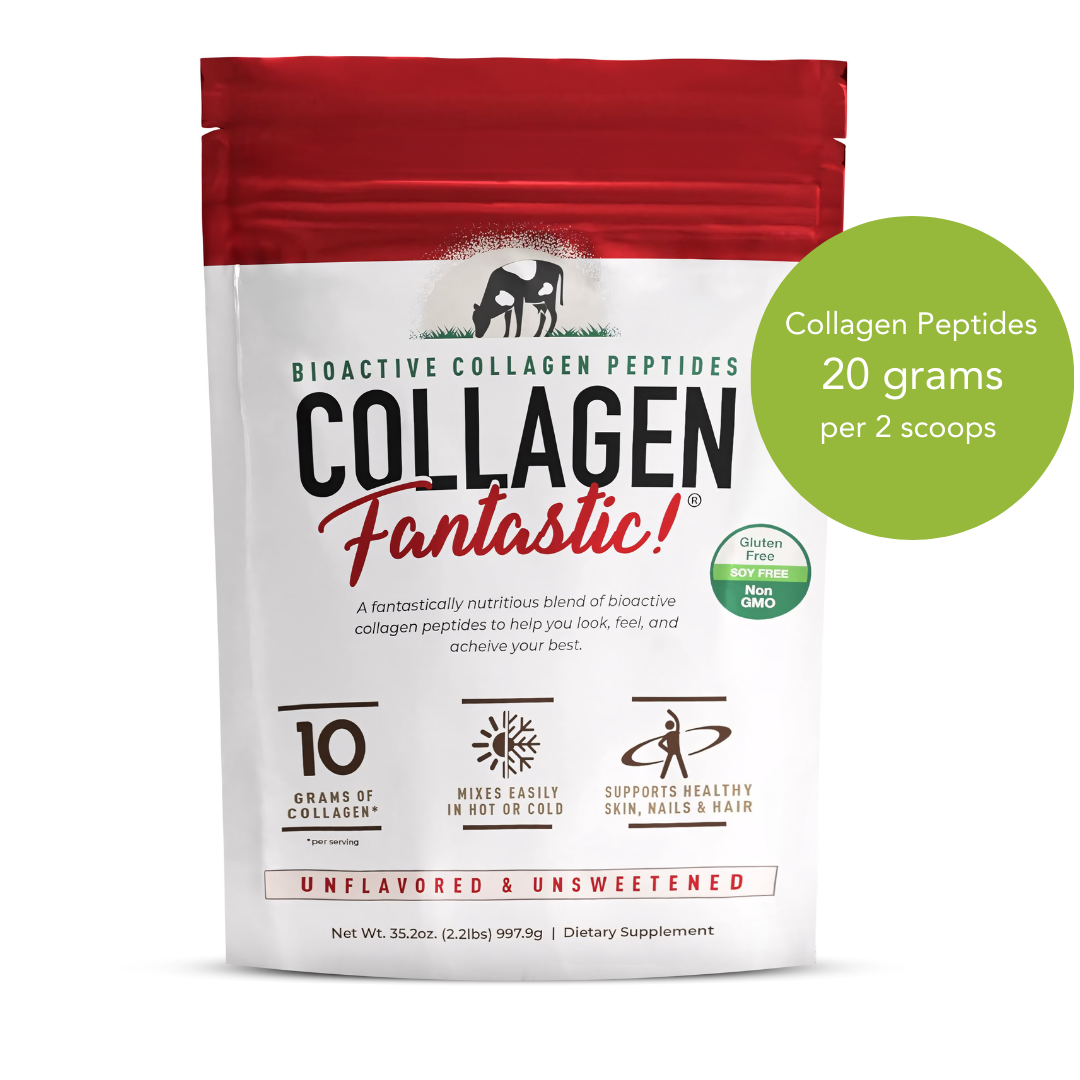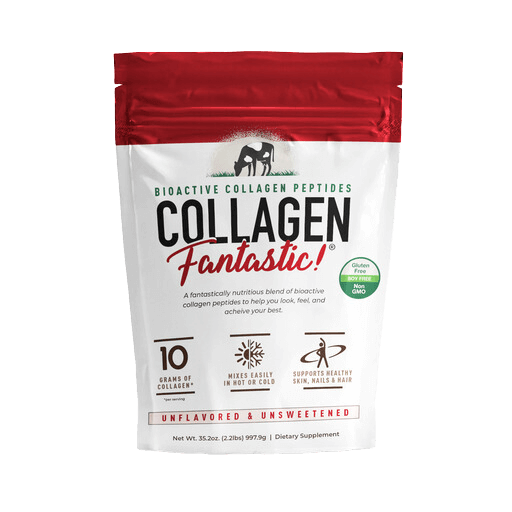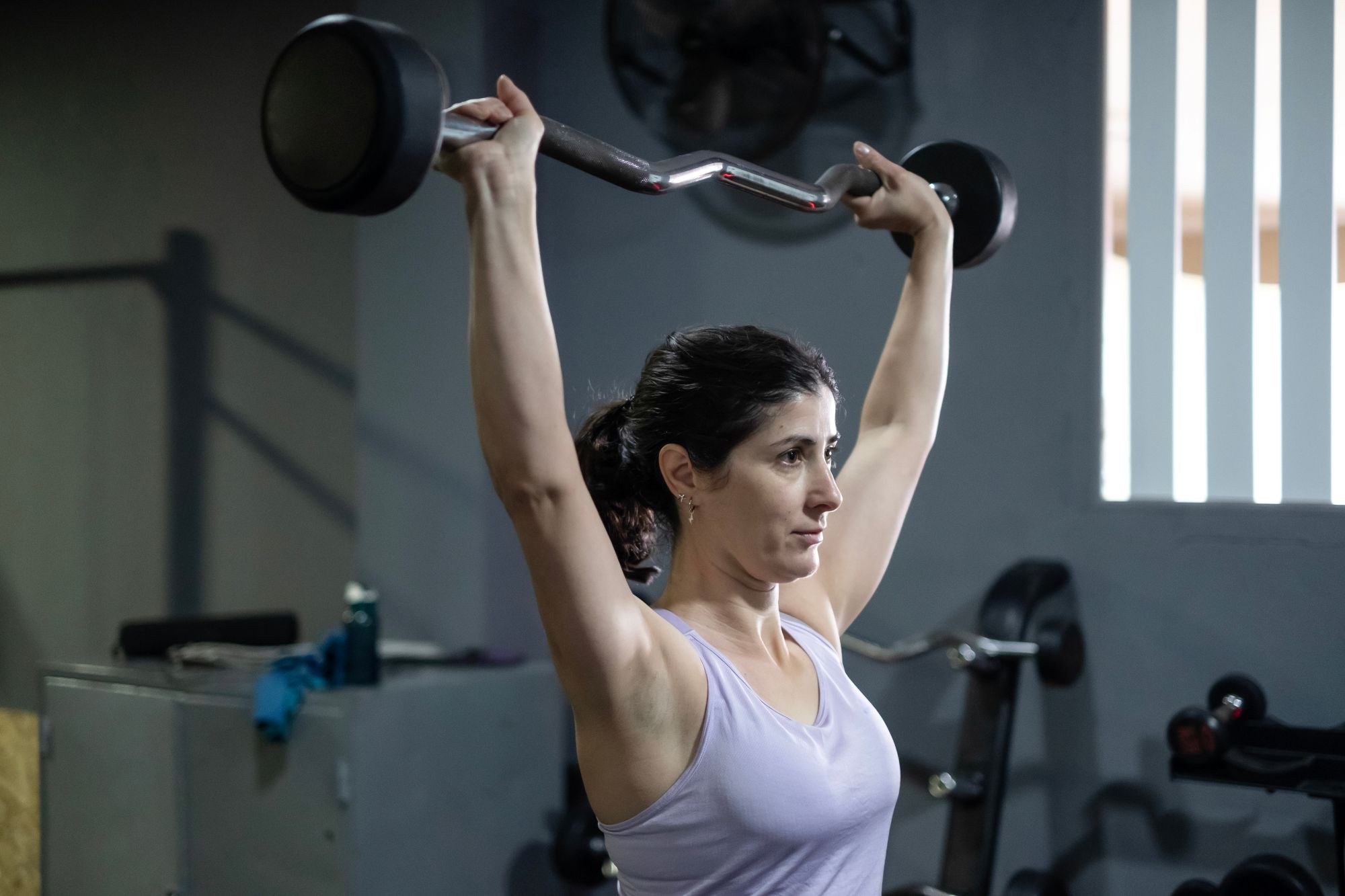Key Takeaways:
· Resistance exercises are crucial for maintaining strength, bone density, and metabolic health after 40, countering natural declines in muscle mass and hormonal changes.
· A balanced fitness routine includes resistance training, mobility, and flexibility work, supported by proper nutrition, sleep, and recovery for optimal results.
· Starting and sustaining a resistance exercise program involves overcoming common barriers like time, equipment, and mindset, and can be tailored to fit into your 50s and beyond.
Understanding Resistance Exercise: Definitions and Types
Resistance exercise, at its core, is any physical activity that forces your muscles to work against an opposing force. Think of it as leveling up your strength and endurance by pushing against a literal or figurative weight. This isn’t just gym-bro territory; it’s a fundamental pillar of staying vibrant and mobile, especially as you cross the 40-year threshold when muscle mass naturally starts to decline.
So, what are resistance exercises? They’re movements that build strength by making your muscles contract against resistance—whether that’s a dumbbell, a resistance band, your own body weight, or even gravity itself. The science backs this up: studies, like those from the American College of Sports Medicine, show that regular resistance training can combat sarcopenia (age-related muscle loss), boost bone density, and even improve metabolic health. It’s not just about looking good; it’s about keeping your body’s infrastructure solid.
Now, let’s unpack the types. First, there’s free weights—think barbells and dumbbells. These are the classic tools, offering versatility for targeting specific muscle groups like your biceps or quads. They’re accessible, too; you don’t need a fancy gym to start with a basic set at home. Next up, resistance bands. These lightweight, portable powerhouses provide adjustable tension and are perfect for beginners or anyone looking to train without heavy equipment. They’re forgiving yet effective, ideal for joints that might not love the impact of weights.
Then you’ve got bodyweight exercises—no gear needed. Push-ups, squats, and planks use your own mass as resistance, making them a zero-barrier entry point. They’re pure, practical, and can be scaled up with variations as you get stronger. Finally, there’s machine-based training, often found in gyms, where equipment guides your movement for safety and precision. It’s a controlled way to build strength, especially if you’re easing back into fitness after a hiatus.
Each type has its charm, and the beauty is in the integration. You don’t need to pick just one; mixing them keeps things fresh and works different muscle groups for balanced results. The key is consistency—starting small and building up, knowing that every rep is an investment in a stronger, more resilient you.

The Science of Aging: Muscle Mass, Hormones, and Metabolic Shifts After 40
Starting around this 40, you’re losing muscle mass at a rate of about 1-2% per year, a condition known as sarcopenia. This isn’t just a vanity issue; muscle is your metabolic engine. Less of it means a slower metabolism, making it easier to pack on fat and harder to burn it off. Studies from the National Institute on Aging back this up—by your 50s, you might’ve lost up to 10% of your muscle mass if you’re not actively countering it.
Then there’s the hormonal plot twist. For men, testosterone levels start dipping by about 1% annually after 40, sapping strength and energy. Women face a steeper cliff with menopause, as estrogen plummets, impacting bone density and muscle retention. These shifts aren’t just numbers on a lab report—they translate to feeling weaker, more fatigued, and less resilient. Add to that a sneaky metabolic slowdown: your basal metabolic rate drops as muscle fades, meaning your body burns fewer calories at rest. Research from the American Journal of Clinical Nutrition shows this can lead to a 100-300 calorie deficit in daily energy needs over a decade.
But here’s the reassuring part: this isn’t a death sentence for your vitality. Resistance exercises act like a cheat code, directly combating sarcopenia by stimulating muscle protein synthesis. They nudge your body to rebuild what’s been lost, even as hormones conspire against you. Studies, like those published in the Journal of Strength and Conditioning Research, show that consistent resistance training can increase muscle mass by 2-5% in older adults within months, while also revving up metabolism. It’s not about becoming a bodybuilder—it’s about reclaiming control. Simple moves, done right, can offset these biological betrayals and keep you moving with confidence.
Key Benefits of Resistance Training for Adults 40+: Strength, Bone Density, Metabolic Health
Let’s cut through the noise and get to the good stuff. If you’re over 40, resistance training isn’t just a nice-to-have—it’s a game-changer, backed by a mountain of research that’s hard to ignore. We’re talking about real, tangible benefits that can keep you moving, thriving, and feeling like you’ve rolled back the clock. Here are the big three reasons why lifting weights or pushing against resistance should be on your radar.
First, strength. As we age, muscle mass starts to slip away—a sneaky process called sarcopenia that can begin as early as your 30s, picking up speed after 40. Studies from the National Institute on Aging show that adults can lose 3-5% of muscle mass per decade if they’re not proactive. Resistance exercises, whether it’s hoisting dumbbells or using bodyweight moves like squats, fight back hard. They stimulate muscle growth, improve functional strength, and make everyday tasks—carrying groceries, climbing stairs—feel less like a slog. You’re not just building biceps; you’re building a buffer against frailty.
Then there’s bone density, a quiet crisis for many past 40. Osteoporosis risks climb as we age, especially for women post-menopause, with the International Osteoporosis Foundation noting that 1 in 3 women and 1 in 5 men over 50 will experience a fracture due to weakened bones. Resistance training isn’t just about muscles—it’s a direct line to stronger bones. When you stress your skeleton through weight-bearing moves, it responds by getting denser and tougher. Research in the Journal of Bone and Mineral Research confirms that consistent resistance work can increase bone mineral density by up to 3% in key areas like the spine and hips. That’s not a trivial stat; it’s a shield against breaks and bends.
Finally, let’s talk metabolic health, the unsung hero of aging well. Your metabolism naturally slows after 40, making it easier to pack on pounds and harder to keep energy up. Resistance training flips the script. According to a 2021 study in Sports Medicine, it boosts your resting metabolic rate by increasing muscle mass—muscle burns more calories at rest than fat does, plain and simple. It also improves insulin sensitivity, helping to stave off type 2 diabetes, a risk that spikes with age per the CDC. You’re not just shaping your body; you’re rewiring how it handles energy, keeping you leaner and more resilient.
These aren’t pie-in-the-sky promises—they’re grounded in data and doable for anyone willing to start small. Resistance training doesn’t demand a gym membership or hours of grind; it can be as simple as bodyweight exercises at home or light bands in your living room. The results? They speak for themselves, and they’re within reach no matter where you’re starting from.
Nutrition, Sleep, and Recovery for Muscle Repair and Growth
Let’s face it—hitting the gym and pushing through resistance exercises after 40 is only half the battle. The real magic happens when you’re not lifting, when your body is quietly rebuilding itself stronger than before. If you’re picturing muscles as a construction site, think of nutrition, sleep, and recovery as the raw materials, blueprints, and downtime needed to get the job done right.
First up, nutrition. After a session of squats or deadlifts, your muscles are screaming for protein and nutrients to repair those microtears you’ve just inflicted. Studies, like those from the Journal of the International Society of Sports Nutrition, show that consuming protein within a couple of hours post-workout can significantly boost muscle protein synthesis. Think lean meats, eggs, or even a quick shake if you’re on the go. But it’s not just about protein—carbs matter too, replenishing the glycogen stores you’ve burned through. A simple combo of chicken and sweet potato, or even oatmeal with a scoop of something clean and pure, can do wonders. Hydration also plays a starring role; dehydration can tank your recovery faster than a bad Wi-Fi connection kills a Zoom call.
Then there’s sleep, the unsung hero of muscle growth. Research from the National Sleep Foundation underscores that adults need 7-9 hours of quality shut-eye, especially when training. During deep sleep, your body releases growth hormone, a key player in tissue repair and muscle building. Miss out on those Z’s, and you’re not just groggy—you’re shortchanging your gains. It’s not uncommon for folks over 40 to struggle with sleep, whether it’s stress or a restless mind, but setting up a wind-down routine (think no screens an hour before bed) can make a measurable difference.
Finally, recovery isn’t just passive. Active recovery—like a light walk or yoga on off days—keeps blood flowing to those sore muscles, delivering nutrients and flushing out waste. Foam rolling or a warm bath can also ease tightness, helping you bounce back faster. The evidence is clear: a 2018 study in the journal Sports Medicine found that active recovery can reduce muscle soreness by up to 30%. That’s not just a number—it’s the difference between dreading your next workout and feeling ready to tackle it.
So, while resistance exercises build the foundation, it’s this trifecta of nutrition, sleep, and recovery that turns effort into results. Ignore them, and you’re spinning your wheels. Prioritize them, and you’ll not only feel the difference but see it, too, in stronger muscles and a body that keeps up with your ambitions.
Take Charge of Your Health After 40 with Fantastic Nutrition
Hey, you’ve made it this far—past 40, juggling life’s demands, and still showing up for yourself. That’s no small feat. Now, let’s talk about leveling up your wellness game with resistance exercises and the pure, powerful support of Fantastic Nutrition, Inc. Our flagship product, Collagen Fantastic, isn’t just another supplement; it’s a game-changer crafted for health-conscious warriors like you. With grass-fed, bovine-derived collagen peptides (Type I and III), it’s all about supporting strong bones, flexible joints, and glowing skin, hair, and nails—without any junk. No fillers, no sweeteners, just clean, traceable purity from ethical farms.
Here’s why you’ll want to integrate Collagen Fantastic into your daily routine:
-
Effortless Mixing: Unflavored and smooth, it blends into coffee, smoothies, or even soups—hot or cold, no clumps.
-
Noticeable Results: Customers rave about reduced joint pain and vibrant skin, hair, and nails, backed by high ratings.
-
Risk-Free Commitment: Not satisfied? Our customer-first guarantee means a full refund, no questions asked.
Start rebuilding your strength from the inside out. Pair resistance exercises with Collagen Fantastic and feel the difference. Head to Fantastic Nutrition, Inc. today—your body will thank you.
Wrapping Up: Build Strength and Vitality After 40 with Resistance Exercises
As we’ve explored, resistance exercises are more than just a fitness trend—they’re a cornerstone for maintaining strength, mobility, and overall health after 40. By engaging in activities like weightlifting, bodyweight workouts, or resistance band training, you’re not only preserving muscle mass but also fortifying your bones and joints against the wear of time. The evidence is clear: this isn’t just about looking good, it’s about feeling unstoppable.
Your body deserves the best, and with resistance training paired with uncompromising nutrition, you’re setting the stage for a stronger, healthier you. Try Collagen Fantastic risk-free with our satisfaction guarantee, and feel the difference purity makes. Let’s build that future together.
FAQs About Resistance Exercises After 40
How long does it usually take to notice strength or physique changes after starting resistance training in your 40s?
If you’re just starting out with resistance exercises in your 40s, you might be surprised at how quickly your body adapts. Most beginners report feeling stronger within 2–4 weeks, thanks to neural adaptations—your brain and muscles learning to communicate more efficiently. Visible physique changes, like toned muscles or better definition, often take 6–12 weeks with consistent effort and proper nutrition. At Fantastic Nutrition, Inc., we’ve seen countless customers pair their resistance training with our Collagen Fantastic supplement to support joint health and recovery, noticing even faster improvements in mobility and overall vitality. Stick with it—the results are worth the wait.
Is it safe to perform resistance exercises if you have arthritis, lower-back pain, or past injuries?
Absolutely, resistance training can be safe and even therapeutic when approached thoughtfully. The key is modification: opt for lighter loads, slower tempos, and maintain a neutral spine to minimize strain. Working with a trainer or physical therapist to tailor movements to your needs is a smart move. Exercises like isometric holds or resistance band work can build strength without aggravating conditions. Plus, supporting your body with pure, high-quality nutrition—like our grass-fed Collagen Fantastic from Fantastic Nutrition, Inc.—can help maintain joint flexibility and reduce discomfort, as many of our satisfied customers have shared.
Can body-weight–only workouts deliver enough stimulus for people over 40?
Yes, body-weight exercises can absolutely provide enough challenge for adults over 40, especially when you’re strategic about progression. Moves like push-ups, squats, lunges, planks, and inverted rows build strength and endurance without fancy equipment. You can increase difficulty by adjusting reps, tempo, or angles over time. It’s a perfect, accessible way to integrate fitness into your daily routine—just like mixing Collagen Fantastic into your morning coffee for joint and skin support. Our customers at Fantastic Nutrition, Inc. love how these simple habits stack up for big results.
Do women over 40 risk “bulking up” from lifting heavier weights?
Not at all—this is a common myth. Women over 40 are unlikely to develop extreme muscle mass from lifting heavier weights due to naturally lower testosterone levels. Instead, challenging loads typically lead to toned, lean muscles and improved strength. Resistance training can redefine your physique in the best way, enhancing confidence and function. Pair it with clean nutrition, like our unflavored, filler-free Collagen Fantastic from Fantastic Nutrition, Inc., and you’ll support skin elasticity and recovery while sculpting your body, as many of our happy customers have experienced.












